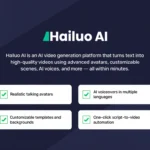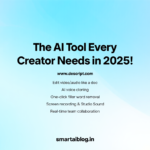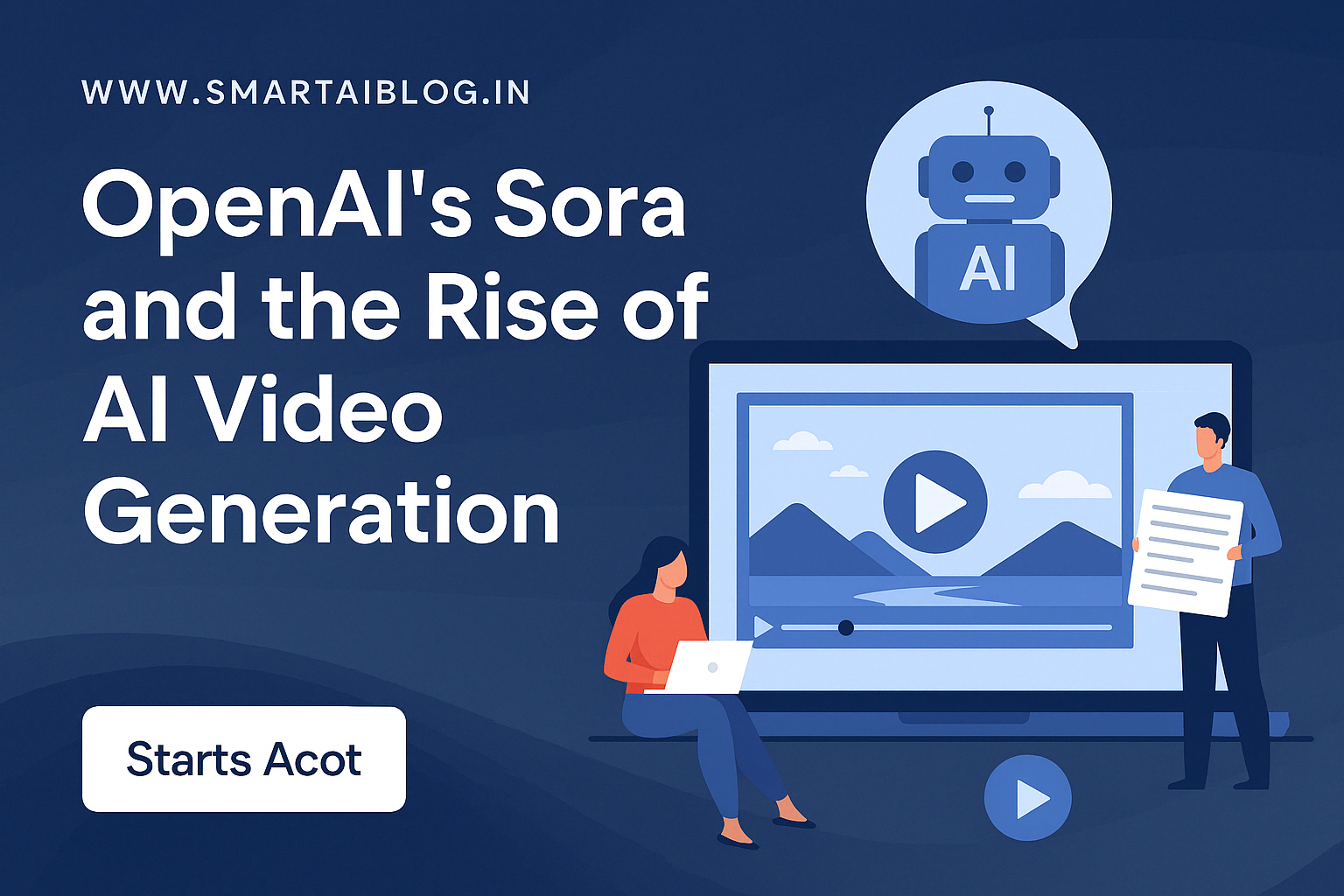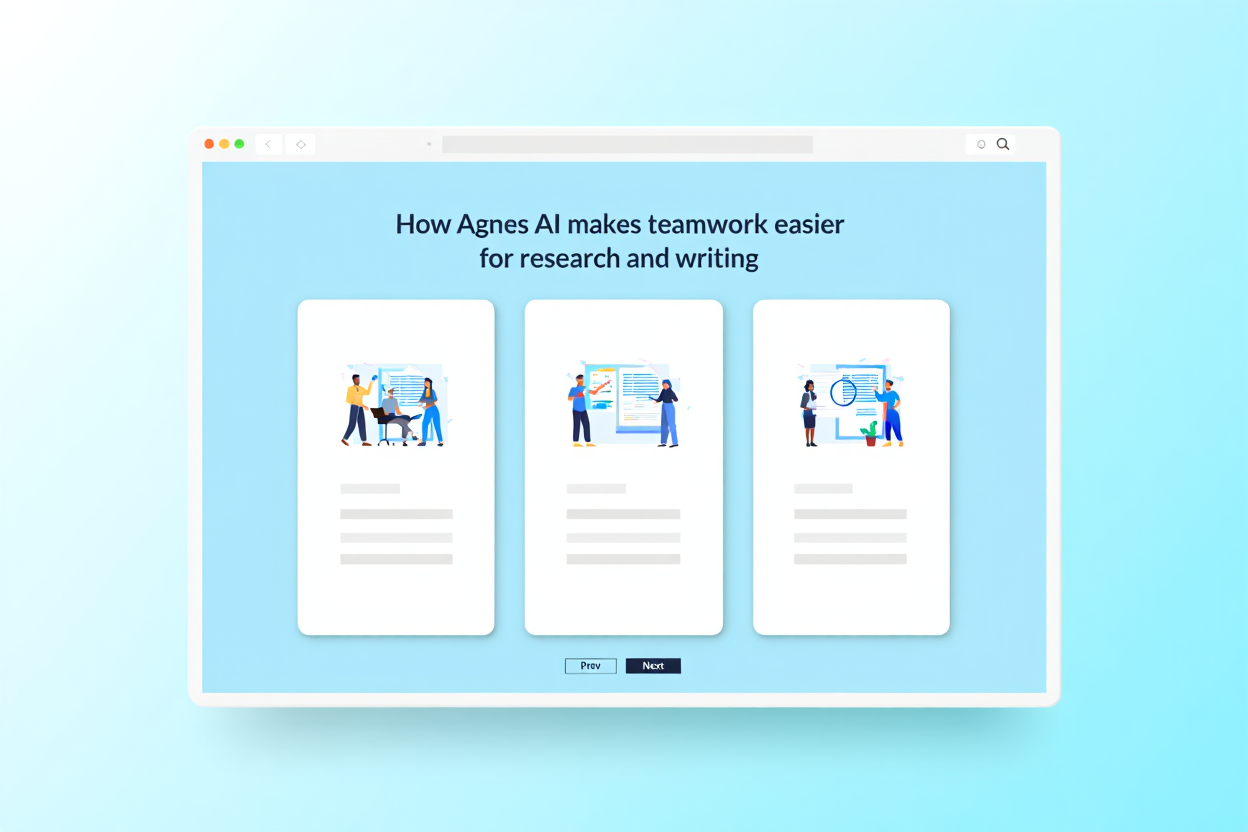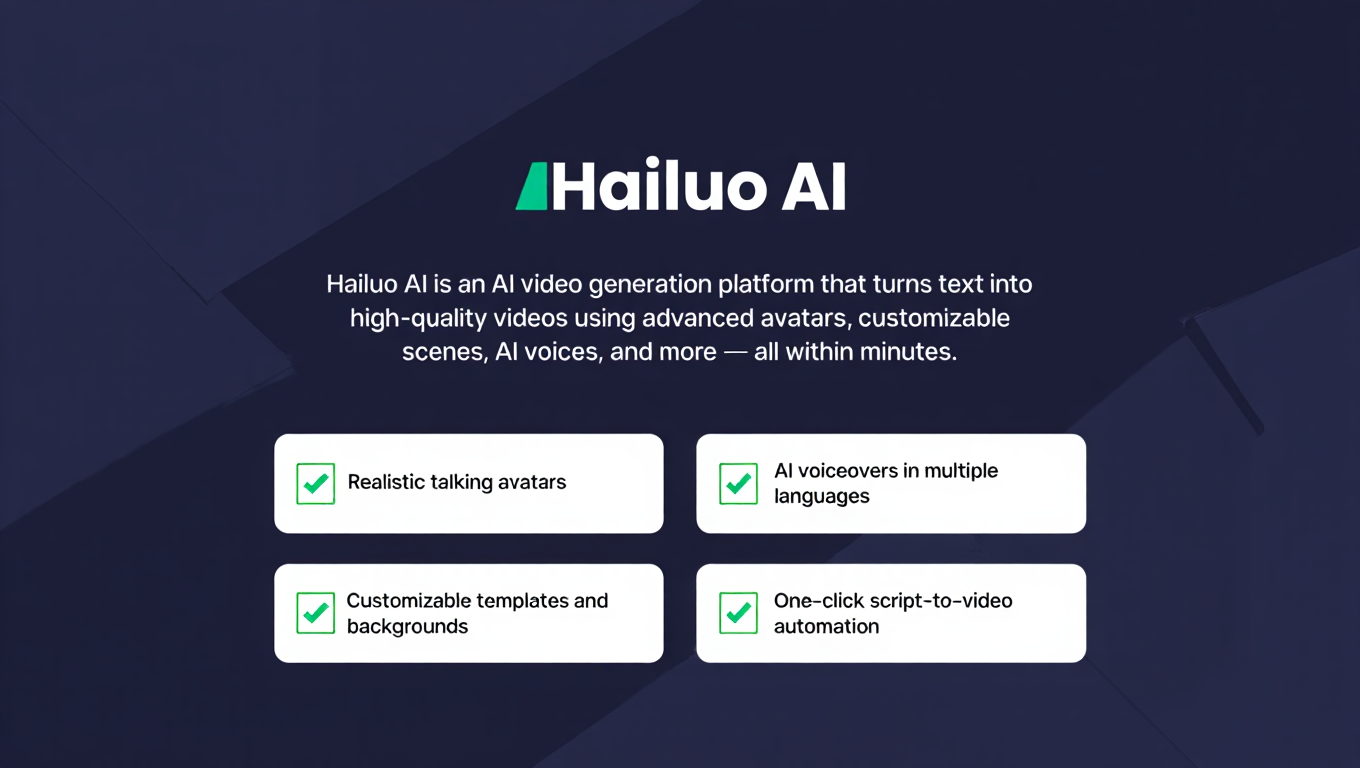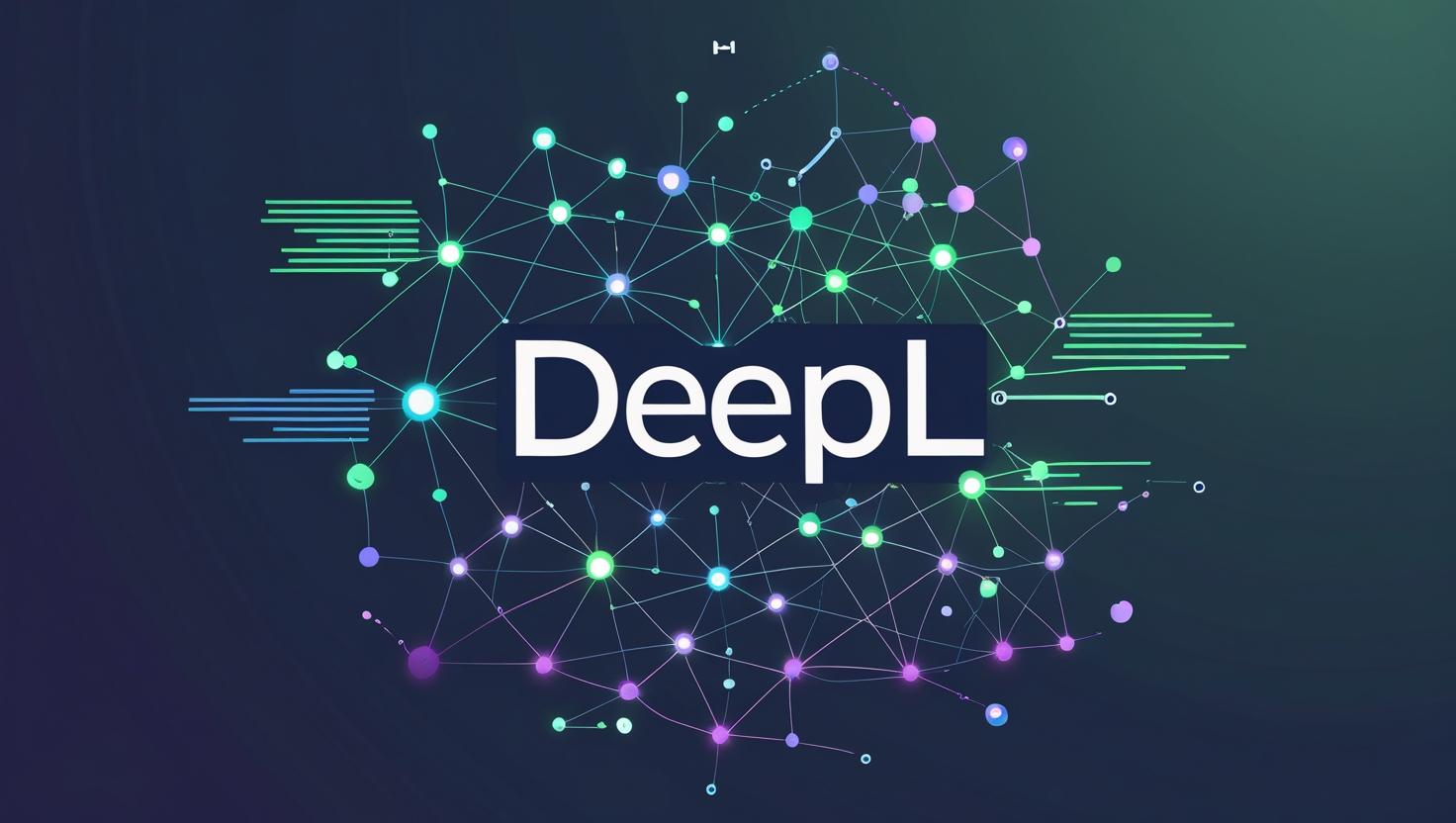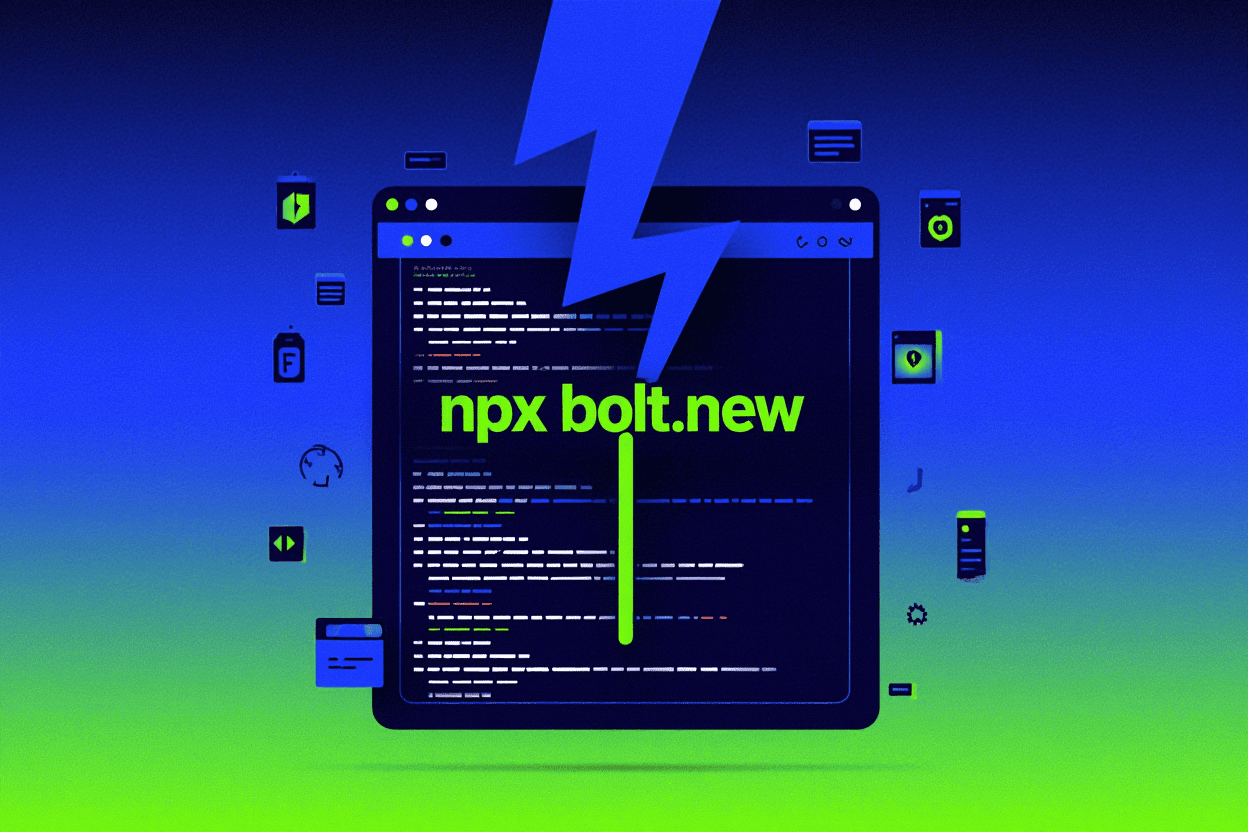The world of artificial intelligence continues to evolve at a rapid pace, and one of the most significant breakthroughs in recent months has been the introduction of Sora, OpenAI’s revolutionary text-to-video model. As AI capabilities expand beyond text and image generation, tools like Sora signal a new chapter where machines can generate realistic, coherent videos from simple text prompts.
What is Sora?
Unveiled by OpenAI in early 2025, Sora is a powerful AI model that can create high-quality videos up to one minute in length based solely on textual descriptions. Unlike earlier video generation models that struggled with continuity, realism, or complex scenes, Sora demonstrates an impressive understanding of physics, human motion, and 3D environments.
For instance, if a user inputs, “a snow-covered Tokyo street with people walking and cars passing,” Sora can generate a realistic video clip that matches the description in astonishing detail — down to the reflections in puddles and subtle changes in lighting.
Why It Matters
The implications of AI video generation are vast. Content creators, advertisers, educators, and even filmmakers can now experiment with prototyping scenes or visualizing ideas with minimal resources. It also democratizes storytelling, allowing anyone with a vision to bring it to life without needing expensive equipment or technical skills.
However, this also comes with challenges. Deepfake concerns, misinformation, and the ethical use of AI-generated media are top priorities for researchers and policymakers. OpenAI has emphasized responsible deployment and is currently testing Sora with a select group of creators and experts to gather feedback before a wider release.
Broader Trends in AI Tools
Sora’s debut is part of a broader trend where multimodal AI tools — systems that understand and generate across text, image, audio, and video — are becoming mainstream. Alongside Sora, tools like Google’s Gemini and Meta’s EMU video models are also gaining attention.
For general users, this opens up exciting opportunities. Soon, AI assistants may not only write emails or edit photos but also generate educational videos, simulate virtual scenarios, or create personalized animations — all on demand.
Final Thoughts
AI is no longer limited to the written word or static images. With tools like Sora, we’re witnessing the convergence of language and vision into dynamic storytelling. While the technology is still in its early stages, its potential is undeniable.
As always, the key lies in balancing innovation with responsibility. At Smart AI Blog, we’ll continue to keep you updated on the latest AI tools and trends shaping our digital future.

